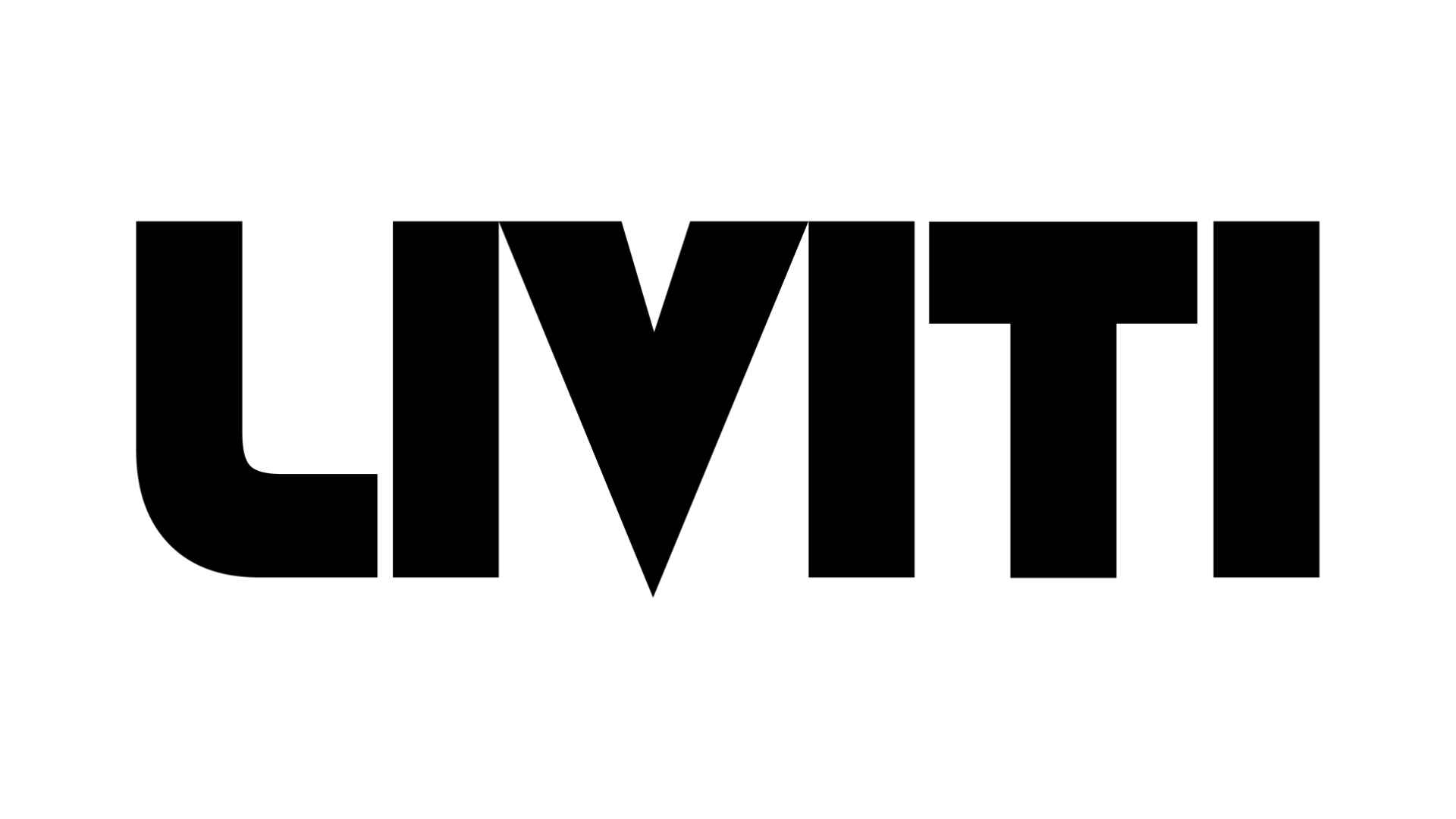The Australian property market gained fresh momentum in April following the Reserve Bank of Australia’s (RBA) second rate cut of the year on May 20, 2025, which trimmed the official cash rate by 25 basis points to 3.85 percent. After a brief lull, national dwelling values rose 0.3% in April, marking the fourth straight monthly gain and a 1.1% increase over the past three months – the strongest quarterly lift since September 2024. Annual growth sits at 3.2%, the slowest pace since August 2023 but still in mid-single digits, while rental yields hit their highest levels since 2019.
Recovery of the Australian Property Market
- Monthly Change: +0.3% in April
- Three-Month Trend: +1.1% rolling gain
- Annual Trend: +3.2%
- Capital vs. Regional: Capitals +2.6%; regionals +5.3%
Residential property remains the linchpin of Australian household balance sheets. At more than double the value of superannuation, housing wealth underpins consumer confidence and spending. Rising mortgage debt levels, now $2.4 trillion meaning that servicing costs remain a critical vulnerability when rates adjust.
Stable borrowing costs (RBA cash rate held at 3.85% as of May) and improving consumer sentiment have reversed the early-year slowdown. Regional markets continue to outperform, supported by lifestyle migration and relative affordability. The new cash rate relief is going to underpin further gains, particularly in undersupplied regions.
Capital City Performance
| City | Apr ’25 Δ | Q1 ’25 Δ | 12-Mo Δ | Median Value (Apr ’25) |
| Sydney | +0.2% | +1.0% | +0.9% | $1,194,709 |
| Melbourne | +0.2% | +1.0% | –2.2% | $786,158 |
| Brisbane | +0.4% | +1.0% | +7.8% | $907,864 |
| Adelaide | +0.3% | +0.9% | +9.8% | $825,778 |
| Perth | +0.4% | +0.7% | +10.0% | $807,728 |
| Hobart | +0.9% | +0.9% | +0.5% | $664,462 |
| Darwin | +1.1% | +3.4% | +2.5% | $526,410 |
| Canberra | +0.4% | +0.6% | –0.6% | $864,343 |
Source: CoreLogic Hedonic Home Value Index
- Brisbane, Adelaide & Perth: Record highs driven by major infrastructural advancements like Cross River Rail and resource-sector strength (Domain median values).
- Hobart & Darwin: Robust monthly gains reflect tight rental markets and limited new supply (SQM Research rental data).
- Sydney & Melbourne: Smaller rises as high entry prices and stricter lending standards moderate demand.
Source: CoreLogic
Read More: The Best 7 Cities to Invest in Australia in 2025
New Rate-Cut Impact:
Short-Term Uplift vs. Medium-Term Price Pressures
In the weeks ahead, expect:
- Auction clearance rates to tick up as buyers re-engage.
- Listing volumes to slowly recover, giving purchasers a broader choice.
- Price gains in undersupplied markets such as parts of Sydney and Melbourne.
However, if the easing cycle continues, markets are pricing in another ~57 bp of cuts by year-end. There’s a risk of overheating in hot suburbs. Prospective buyers should monitor serviceability buffers and avoid overleveraging.
Impact on Borrowing Costs and Mortgage Repayments
Cash Rate: 3.85% as of May 20, 2025.
Lowering the cash rate directly influences the interest rates banks charge each other overnight and, in turn, the variable and fixed mortgage rates offered to borrowers. Analysts estimate that a full 25 bp cut will shave around A$110 off monthly repayments on a typical A$750,000 home loan if lenders pass the cut through in full.
Reflecting on the decision, the Board added:
“The board assesses that this move will make monetary policy somewhat less restrictive. It nevertheless remains cautious about the outlook.” (Reuters).
This balance eases pressure on household budgets while guarding against over-tightening meaning many borrowers should see an immediate boost to their disposable income.

Regional vs. Capital Cities
- 3-Month Change: Regionals +1.5% vs. Capitals +1.0%
- 12-Month Change: Regionals +5.3% vs. Capitals +2.6%
- Listings Shortage: Regionals –16.7% vs. Capitals –8.4% below five-year average
Lifestyle migration and affordability continue to fuel regional outperformance. Low listing volumes outside metro areas maintain upward pressure. As international migration normalises, capital city markets especially those with improving auction clearance rates are poised to regain momentum (Proptrack auction results).
Stronger Rental Yields for Investors
- Annual Rent Growth: +3.6% nationally, the slowest since Mar 2021
- Gross Rental Yields: Capitals 3.5%; Regionals 4.4% (highest since 2019)
- Standouts: Regional NT +8.0%, Darwin +6.6%
Despite moderating rent increases, yields remain compelling as tight vacancy persists and new supply lags particularly in high-growth regional centres. This dynamic is attracting investors seeking income stability amid low-risk alternatives (SQM Research).

Approvals & Credit Conditions
- Dwelling Approvals: +13.4% year-to-year in March; unit approvals +49.7%, averaging 15,900/month below the 20,000/month needed for national targets (ABS building approvals).
- New Finance (Dec Q ’24): Total value of new home loan commitments reaching $87.2 billion; first-home buyer finance rose +1.5% over the December quarter of 2024. (ABS lending finance).
The uptick in approvals especially in units reflects developer adjustments to affordability constraints. Conservative credit profiles and stable finance flows suggest the sector can absorb further rate cuts without major risks.
Outlook & Implications
- Buyers: Improved borrowing capacity and stabilising values suggest a favourable window, particularly in regional growth corridors.
- Investors: Exceptional yields and easing finance costs make core capital assets and high-growth regional markets attractive for income and capital gains.
- Sellers: Low listings and robust demand in Brisbane, Adelaide, Perth, and key regions offer advantageous conditions to list now.
May 2025 data reveal a maturing market in which regional and high-density segments lead growth, while major capitals respond cautiously to rate and credit pressures. Low listings and reduced vendor discounts contrast with faster sales in rate-sensitive cities. Rental conditions normalise as international migration returns, and approvals data highlight the urgent need to ramp up supply. With the RBA’s new move, stakeholders should align strategies to local cycles, asset classes, and credit trends to navigate the nuanced landscape.




